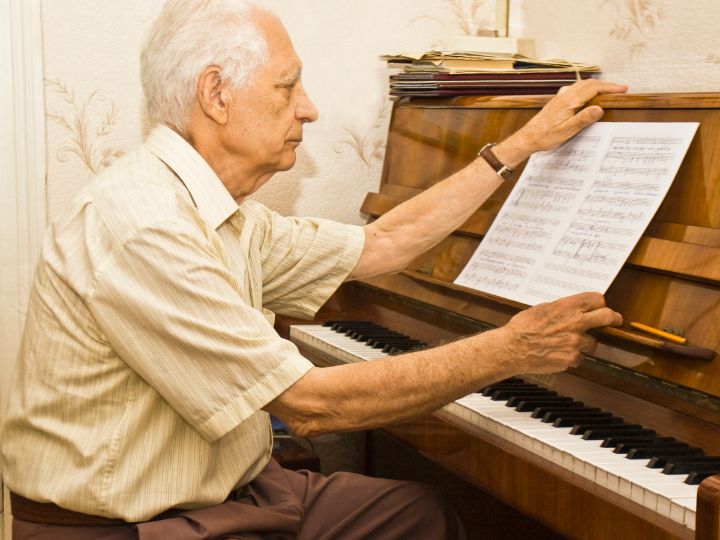As our loved ones age, maintaining cognitive function, physical mobility, and emotional well-being becomes increasingly vital. Traditional therapeutic approaches, while effective, are being enhanced by creative interventions that tap into the profound connections between music, movement, and memory. These innovative methods are transforming senior care, offering engaging and holistic ways to support aging individuals through their golden years.


